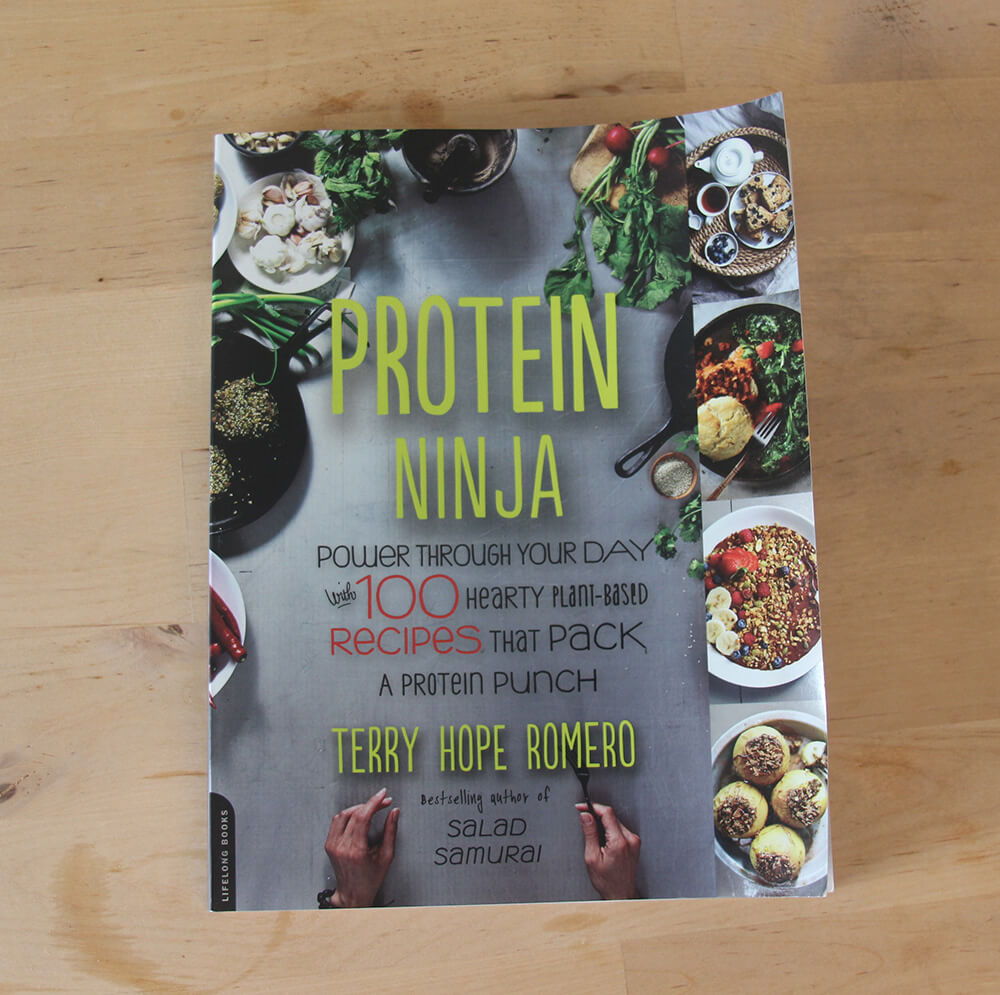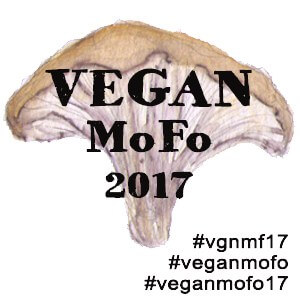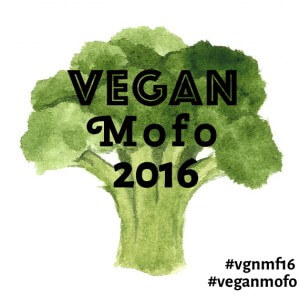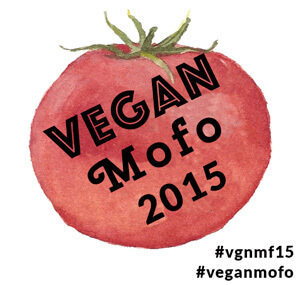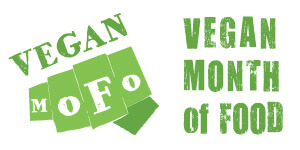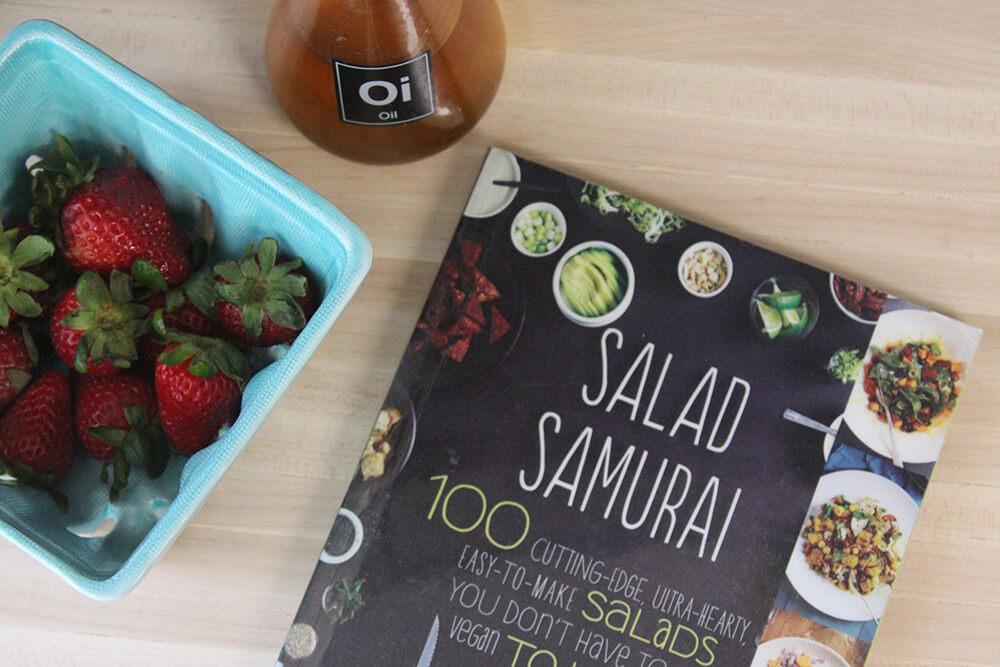
Shop on Amazon or Barnes and Noble
I originally bought this book my Mother for Christmas. She said she wanted to eat more vegetables, so I thought this would be a great book for that. At the time my Mom was living with my sister while looking for a new home, so my sister ended up flipping through and liking a few recipes. So she bought the book for herself.
Funny thing is for awhile my Mother and my sister would tell me to make a recipe from the book, and I keep pointing out that I don’t own it. I still don’t. I’ve been checking out from the library. I think I was afraid because the book is so small. Did I REALLY need a whole book on salads? Answer- yeah- I really do.
After reading Jenny Marie’s cook-a-long monthly challenge, I thought it would be fun to share some posts reviewing the book as well. If you have a blog with a review (specifically of the recipes), leave a comment and I will add you to the list.
Herbivore’s Heaven – KZ Cakes – Kittens Gone Lentil – Vegan Eats and Treats
Photos
Not a big fan of the black side bars. Although I LOVE how visually it is different from other cookbooks, it is easy to leave marks on it. I think the biggest issue is the fact that it is a salad cookbook, meaning you are using oil for dressings, and I left quite a few greasy finger prints on the side (right where you touch to turn the page!). And since this is a library book, I could easily see which recipes other patrons made (hello Fiery Fruit and Quinoa Salad!) Naturally my vegan mind is racing- are they vegan? Are they omnivores diving into the vegan world? Did they like it?!
As always I love the photos in the book. They are done by my second favorite food photographer (my main man will always be Ted *insert winkie face*) Vanessa K Rees. I’ve mentioned it in other reviews, but she has worked with Romero before for Protein Ninja and Moskowitz for Isa Does It. You will recognize her signature style photographing from above. If you want a preview of the sexy photography there are some on her website.
What I do love about the photos is that the images aren’t unrealistic. Nothing bothers me more than inaccurate photos. I’ve caught a few photos in other books where CLEARLY different vegetables are in the dish, or the color is unattainable. What I like about these photos is the dishes are shown as a reasonable end result. The green apples are big chunks for the Reubenesque salad for example. And there notes when they are being fancy, like in the Mermaid salad (no, I sadly didn’t make this) They spiralized the beets instead of julienned them.
Set-up
The book is divided up by the introduction/information, dressings, side salads, salad toppers, spring, summer, fall, winter, and then breakfast ‘salads.’ The last chapter is clearly bending the definition of a salad, and frankly the easiest to ignore. Sorry. But I am glad she divided the recipes up by seasons. Yeah, sure you can make a winter salad in the summer (or vise versa) but if you have a CSA share, you would much rather wait till the summer when the produce is super fresh, knowing it will taste better. This is also why I have tried mostly the winter and fall salads, I keep making salads during this time of the year.
Writing
I feel a little crazy writing this- but Romero’s writing is a little bland in this. Sure there is a lot of wit and spunk in the introduction, but not as much personality in the descriptions. Maybe I am just imagining that? Regardless, I think my favorite part of the book- no diet talk. No talk about gurl you gonna be so thin with this salad talk.
Overview
Vegans have a love hate relationship with salads. So many times we know in the back of our minds that if we go to a restaurant there will “always be a salad option.” A lot times it is sad and pathetic- iceberg lettuce, oil and vinegar, and subpar veggies cut in large chunks. I had a similar issue when living with my in-laws. Although they are great cooks, every single dinner included a side salad with oil and vinegar. I think they genuinely enjoyed this, but I couldn’t help but think of better uses of the lettuce.
Salads have been morphed into the pinnacle of diet culture and clean eating. It has been called out for being an excuse to starve yourself, and for being overrated. Most salads in American culture are either heavy fat-calorie bombs (pasta salad, chicken/tuna/egg salad and the like) or watery-crunchy-vegetable based meals that are so bland you need to drench them in dressings.
But if you ever got a salad from a higher-end restaurant, you will know they are so much more. It is a delicate balance of flavors as you only have a few ingredients, they need to work with each other. There is also the question of quality, if your produce isn’t at it’s peak quality your salad is lacking. And this is what Romero addresses in her book. She wants you to use produce when it is fresh- and that’s why she organizes everything by season. She wants people to eat well thought out, flavorful salads that are more than lettuce, cucumber, and radishes.
Pretty much Romero wants to take salads away from rich white women who are littering their wellness Pinterest boards with expensive fancy looking salads, and trying to democratize them. They are filling, full of flavor, and pretty affordable. Salads, at least in this book, are for everyone. And I love Romero for being able to accomplish that.
Recipes
As with all my cookbook reviews, I try my best to leave links with recipes that are online BUT are up there with the publishers permission. I also won’t link recipes that might stray too far away from the recipe (which some bloggers do) I also made sure I provided at least one recipe from each section of the book.

